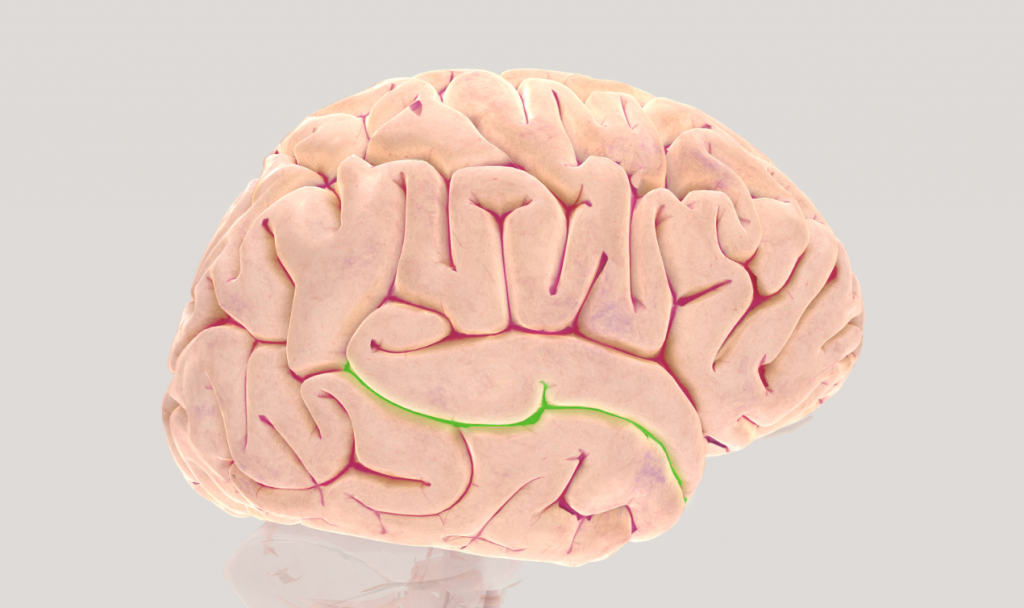Researchers at Bangor University in Wales have revealed how children and adults view social interactions differently in a published article in a renowned scientific journal in April this year.
The results demonstrate how the brain processes complex social behaviors, which may help to understand schizophrenia and autism spectrum disorders.
The team carried out a study of 29 adults and 31 children aged 6 to 12 years, which focused on an area of the brain called the superior temporal sulcus (STS), known to perform socialization-related functions such as face recognition. or body movement.
The experiment was carried out using functional magnetic resonance imaging, which made it possible to visualize the intensity of the response of some areas of the brain when visual stimuli were presented to the participants.
The results demonstrate significant differences in the superior temporal sulcus (STS) response between adults and children. Although there are differences in both hemispheres, these are much more significant in the left hemisphere.
“The distinction between the two hemispheres leads us to believe that STS is still developing in children. Their ability to recognize social interactions is not fully developed”, explains Jon Walbrin, the researcher responsible for the study, now working at the University of Coimbra.
The maturation of this area appears to occur first in the right hemisphere, so that only in adults the STS response is strong in both hemispheres. "Studying the development of areas closely related to the perception of social signals could be particularly useful in the study of diseases related to social cognition, such as schizophrenia or autistic spectrum disorders", says the study author.
This study intended to see how responsive the STS is to social interactions. For this, the participants viewed images of patterns made up of dots while they were inside the MRI. One of the stimuli consisted of the interaction between two human figures and the other the figures did not interact with each other. The selectivity of the STS for social interactions was measured by the difference in responses between the first and the second stimulus, that is, how much the STS responded specifically for social interactions.
When the results were analyzed further, the team realized that there were also significant differences between the group of children. “We also demonstrated that older children (9-11) have a selectivity similar to that of adults in the right hemisphere. Younger children, however, had a weaker response to interactions,” says Jon Walbrin.
The left hemisphere results suggest that STS selectivity increases with age, further supporting the hypothesis of incomplete maturation in children. “The context of social interactions varies a lot from culture to culture. It makes sense that this ability to understand them is not only innate, but also shaped by our experiences and the context in which we live”, he continues.
About the next steps, the researcher says it would be important “to replicate this study for all age groups and extend the study to other areas of the brain that we know can also play an important role in the perception of social interactions”, he concludes.
Author Daniel Ribeiro is a biologist from the University of Minho and a Master in Science Communication from the Universidade Nova de Lisboa. He has already worked as a Science Communicator at i3S – Institute for Research and Innovation in Health, in Porto, as well as at the National Museum of Natural History and Science, in Lisbon. He is currently part of the communication team of the Proaction Laboratory, a research laboratory in Psychology/Neurosciences of the Faculty of Psychology and Educational Sciences of the University of Coimbra, focused on the perception and recognition of objects and actions.



















Comments